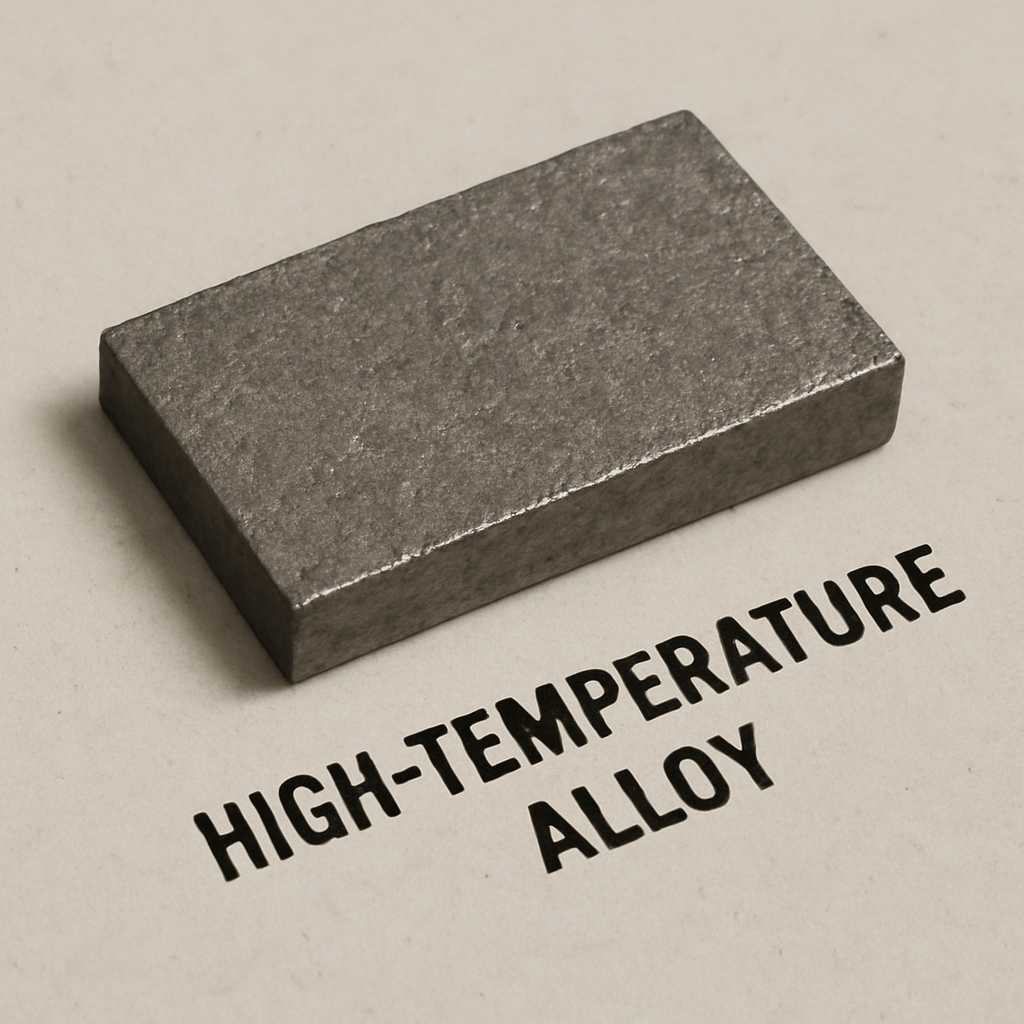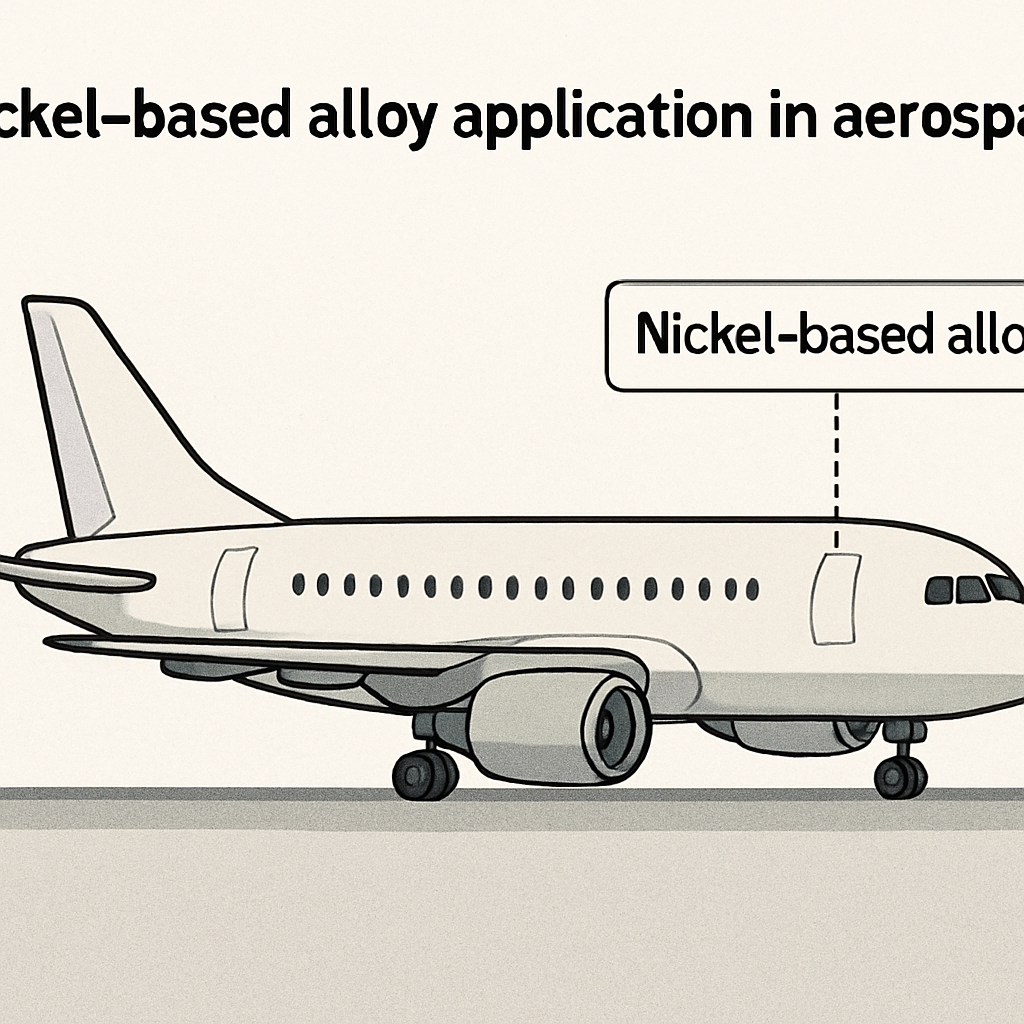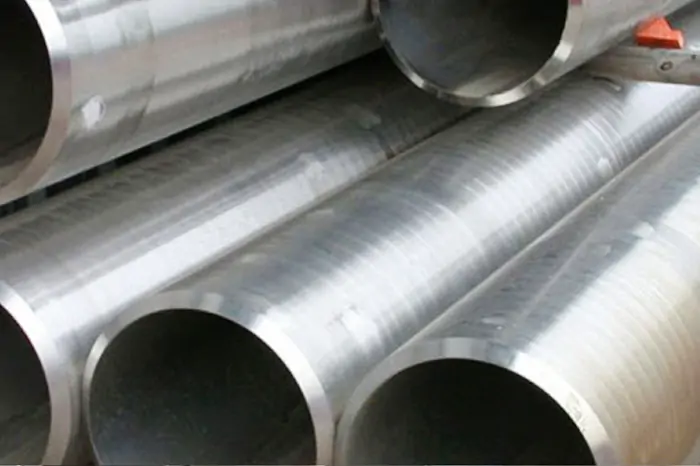High-temperature alloys are essential in industries where materials are exposed to extreme conditions. These alloys are designed to withstand high temperatures while maintaining structural integrity and performance. Understanding their yield performance is crucial for applications in aerospace, power generation, and other high-stress environments.
High-temperature alloys, also known as heat-resistant alloys, are specialized materials designed to operate under extreme heat and stress. They are engineered to resist deformation and maintain strength even when exposed to temperatures that would melt or weaken other metals.
Key Characteristics of High Temperature Alloys
High temperature alloys are known for their exceptional properties, including:
- Creep Strength: The ability to resist deformation under mechanical stress over time.
- Oxidation Resistance: The capability to withstand corrosive environments without degrading.
- Thermal Stability: The ability to maintain structure and performance at elevated temperatures.
- High Performance: Excellent mechanical properties and resistance to wear and tear.
Types of High Temperature Alloys
There are several types of high-temperature alloys, each tailored for specific applications. Some of the most common include:
Nickel-Based Alloys
Nickel-based alloys are among the most widely used high-temperature materials due to their excellent heat resistance and strength. They are often used in jet engines, turbines, and other aerospace components.
Iron-Based Alloys
Iron-based alloys, such as stainless steels, offer good heat resistance and are often used in industrial applications where both heat and corrosion resistance are necessary.
Cobalt-Based Alloys
Cobalt-based alloys are known for their wear resistance and are frequently used in medical implants and cutting tools.
The Importance of Yield Performance
Yield performance refers to the ability of a material to withstand stress without permanently deforming. In high-temperature applications, yield performance is critical as it determines how a material will behave under extreme conditions.
Factors Affecting Yield Performance
Several factors influence the yield performance of high-temperature alloys:
- Composition: The specific blend of elements in an alloy affects its overall strength and heat resistance.
- Microstructure: The arrangement of atoms and phases within an alloy can enhance or detract from its performance.
- Processing: Techniques such as heat treatment can significantly alter an alloy’s properties.
- Operating Conditions: The specific conditions under which an alloy is used, such as temperature and mechanical load, play a crucial role.
Applications of High Temperature Alloys
High-temperature alloys are crucial in industries where materials face extreme conditions. Here are some key applications:
Aerospace Industry
In aerospace, high-temperature alloys are used in components like turbine blades and exhaust systems. These materials need to withstand high temperatures and mechanical stress, ensuring safety and efficiency.
Power Generation
Power plants often use high-temperature alloys in boilers, turbines, and heat exchangers to improve efficiency and longevity.
Automotive Industry
In the automotive sector, these alloys are used in exhaust systems and turbochargers, where they face high temperatures and corrosive gases.
Advancements in High Temperature Alloys
Research and development continue to enhance the capabilities of high-temperature alloys. Innovations focus on improving strength, reducing weight, and enhancing resistance to extreme conditions.
Superalloys
Superalloys are a class of high-performance alloys that offer superior heat resistance and mechanical strength. They are often used in the most demanding applications, such as jet engines and space exploration.
Future Trends
The future of high-temperature alloys lies in developing materials with even greater thermal stability and oxidation resistance. Advances in computational modeling and materials science are paving the way for next-generation alloys that will push the boundaries of performance.
Conclusion
High-temperature alloys are vital in numerous industries that demand materials capable of withstanding extreme conditions. Understanding their yield performance is essential for selecting the right alloy for specific applications. As technology advances, these materials will continue to play a critical role in enabling high-performance solutions across various sectors.
By focusing on factors such as composition, microstructure, and processing, we can optimize these alloys for better performance and longer life. Whether in aerospace, power generation, or automotive applications, high-temperature alloys are indispensable for modern engineering challenges.










